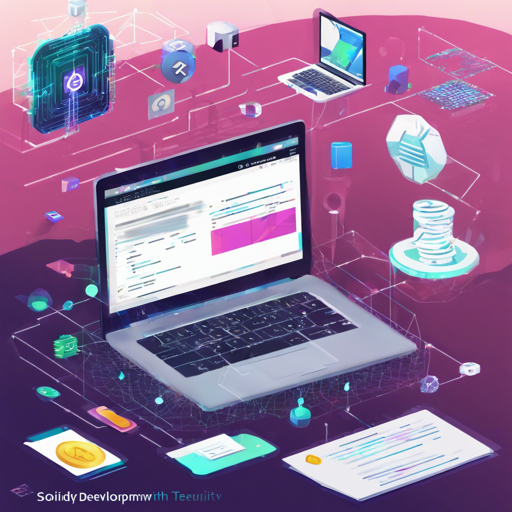Solidity is a powerful programming language designed for developing smart contracts on blockchain platforms like Ethereum. Understanding how to set up your development environment is essential for building robust decentralized applications. In this article, we’ll walk through the steps necessary to embark on your Solidity journey and explore some troubleshooting tips that will enhance your coding experience.
Step 1: Setting Up Your Environment
To start programming in Solidity, you first need to have the right tools installed. Here’s what you need:
- Node.js: This JavaScript runtime will allow you to run scripts and manage packages.
- Truffle Suite: A development environment specifically designed for Ethereum blockchain applications.
- Ganache: A personal blockchain for Ethereum development that you can use to deploy contracts, work with applications, and run tests.
Step 2: Installing Solidity
You can install Solidity via npm (Node Package Manager) by running the following command:
npm install -g solcStep 3: Creating Your First Smart Contract
Once your environment is set up, it’s time to create a smart contract. Here’s a simple example:
pragma solidity ^0.6.10;
contract SimpleStorage {
uint storedData;
function set(uint x) public {
storedData = x;
}
function get() public view returns (uint) {
return storedData;
}
}Think of this smart contract as a digital locker. You can store a number inside it and retrieve that number later. The set function is like locking a door with a specific combination (your number), while the get function allows you to open that door and see what’s inside.
Troubleshooting Common Issues
If you encounter any problems while coding in Solidity, here are some troubleshooting ideas:
- Check your Node.js version. Solidity requires Node.js version 14 or higher.
- Make sure that there are no typos in your contract’s code.
- If you’re having issues deploying your contract, double-check your Ethereum wallet’s balance to ensure you have enough gas fees.
For more insights, updates, or to collaborate on AI development projects, stay connected with fxis.ai.
Step 4: Compilation and Deployment
Once your contract is written, it needs to be compiled and deployed to the blockchain. This can be done using Truffle or directly using Solidity commands in your terminal.
Conclusion
With these steps, you’re well on your way to becoming a Solidity developer. Remember, practice is key, so keep experimenting with different smart contracts to enhance your skills!
At fxis.ai, we believe that such advancements are crucial for the future of AI, as they enable more comprehensive and effective solutions. Our team is continually exploring new methodologies to push the envelope in artificial intelligence, ensuring that our clients benefit from the latest technological innovations.

